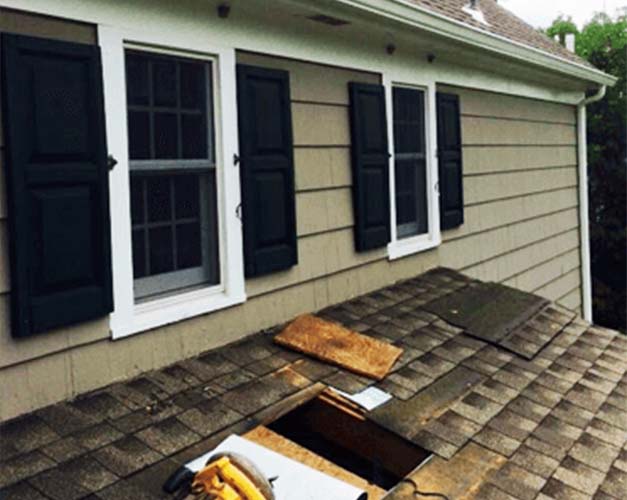KEEPING YOU WARM IN THE WINTER & COOL IN THE SUMMER
Spray Foam, Cellulose, & Fiberglass Insulation.
A Difference You Will See, Feel, & Enjoy.
WELCOME TO PAULSEN INSULATION
Paulsen Insulation Company, Inc. is a family-owned-and-operated company, providing the best insulation solutions since 1965. We provide quality products and service; satisfying the highest standards in the building industry. For more than forty years, we have been insulating new construction, existing homes and commercial buildings. With the prices of fuel rising so dramatically, we know how important it is to conserve energy and keep your home’s heating and cooling expenses low. Why not call or email us today for a free estimate?
ABOUT US
PAULSEN INSULATION
Paulsen Insulation is a family-owned and operated company, providing the best insulation solutions since 1965. We provide quality products and service, and satisfy the highest standards in the construction industry. For more than forty years, we have been insulating new construction as well as existing homes and commercial buildings. With the prices of fuel rising so dramatically, we know how important it is to conserve energy and keep your home’s heating and cooling expenses low.
INSULATION PRODUCTS & SERVICES
CELLULOSE FIBER INSULATION
Made of finely shredded newsprint and chemically treated to resist mold, fire and pests; cellulose is considered, “greener” largely because of its high recycled content. One typical product, manufactured by Applegate Insulation, is “85% recycled content with a minimum of 80% post-consumer paper fiber. The remaining 15% is fire-retardant chemicals and other additives.” The manufacturing process also helps make it “greener” – it’s made in electrically-driven mills at about 750 BTUs per pound, whereas manufacturing fiberglass insulation consumes from 6,000 to 15,000 BTUs per pound.
SPRAY POLYURETHANE FOAM (SPF) INSULATION
Sprayed into walls as a liquid that expands and cures to create an insulating “shell”, spray polyurethane foam insulation offers many “greener” qualities. As noted earlier, it requires less thickness than fiberglass to achieve the same R-value, making it more energy efficient. It also meets many other “greener” criteria. It will not shrink and adheres to the surrounding structure, so there is no settling and there are no air gaps. It has no volatile organic compounds (VOCs) and no formaldehyde. Recognized for ENERGY STAR certification and LEED credits, it is becoming very popular as a clean, green, long- lasting insulation. One writer notes “it is an insulation and an air barrier that promises a tighter home with less dust and mildew, ensuring better indoor air quality.”24 SPF insulation is available in two forms – open-cell and closed-cell. Open-cell SPF insulation has a slightly higher R-values than fiberglass or cellulose, while closed cell foam has the highest R-values available; as well as improved structural wall strength while acting as a thermal air barrier.
ECO-FRIENDLY FIBERGLASS INSULATION
While standard fiberglass insulation would merely be “green” because it insulates, some manufacturers are now offering fiberglass insulation that does not use a formaldehyde binder and uses recycled materials, both making it “greener.” 22 Johns Manville Formaldehyde-free™ insulation is one example. It “uses an innovative new acrylic binder that eliminates binder-related formaldehyde emissions during manufacturing, and after installation will not off-gas formaldehyde inside your home. And [it] contains 20% post-consumer recycled glass.”
KEEPING YOU WARM IN THE WINTER & COOL IN THE SUMMER
SITEMAP
GET IN TOUCH
- Mon - Fri
- -
- Sat - Sun
- Closed
RELIABLE SINCE 1965!
We provide quality products and service; satisfying the highest standards in the building industry. For more than forty years, we have been insulating new construction, existing homes and commercial buildings.





